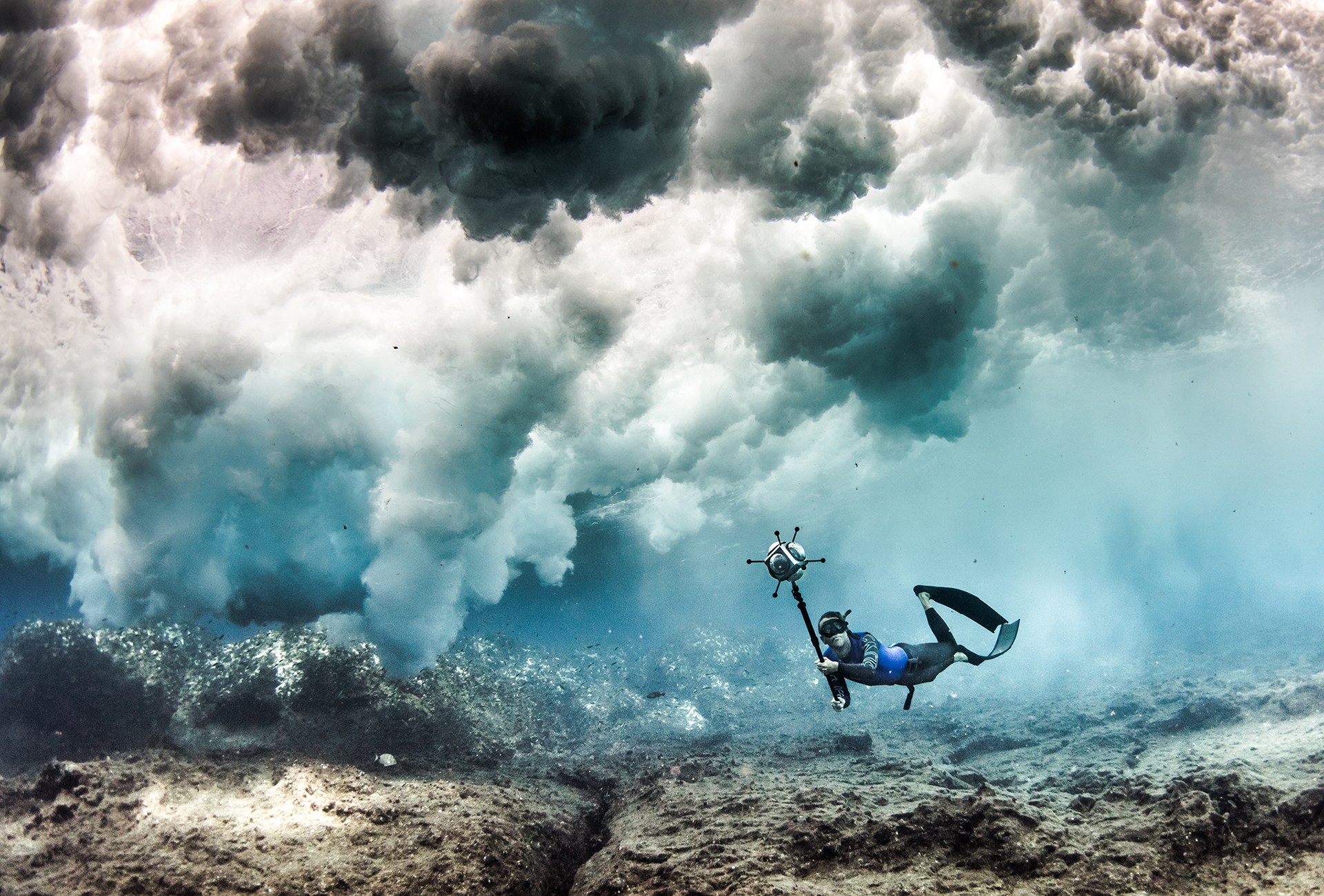Water-resistance marked a significant technical advancement for wristwatches in the early twentieth century. By sealing cases against moisture and humidity, mainly by means of improved gaskets and a screw-down crown, watchmakers also protected against infiltrations of dirt or dust that could “jam” the mechanism. Subsequent developments have further equipped dive watches for the most extreme conditions (in the case of professional models). Today’s dive watch is widely considered to be the archetype of the reliable and robust mechanical timepiece: the ideal companion in any situation but also a vital aid when used as a piece of diving equipment, hence the introduction in 1982 of the ISO 6425 international standard (revised in 1996 and 2018). For a dive watch to qualify as such, it must (among other specifications) have a guaranteed depth rating of at least 100 metres, include an indication that it is functioning, be readable in total darkness, resist shocks, have a rotating bezel and the strap or bracelet must be solidly attached to the case.
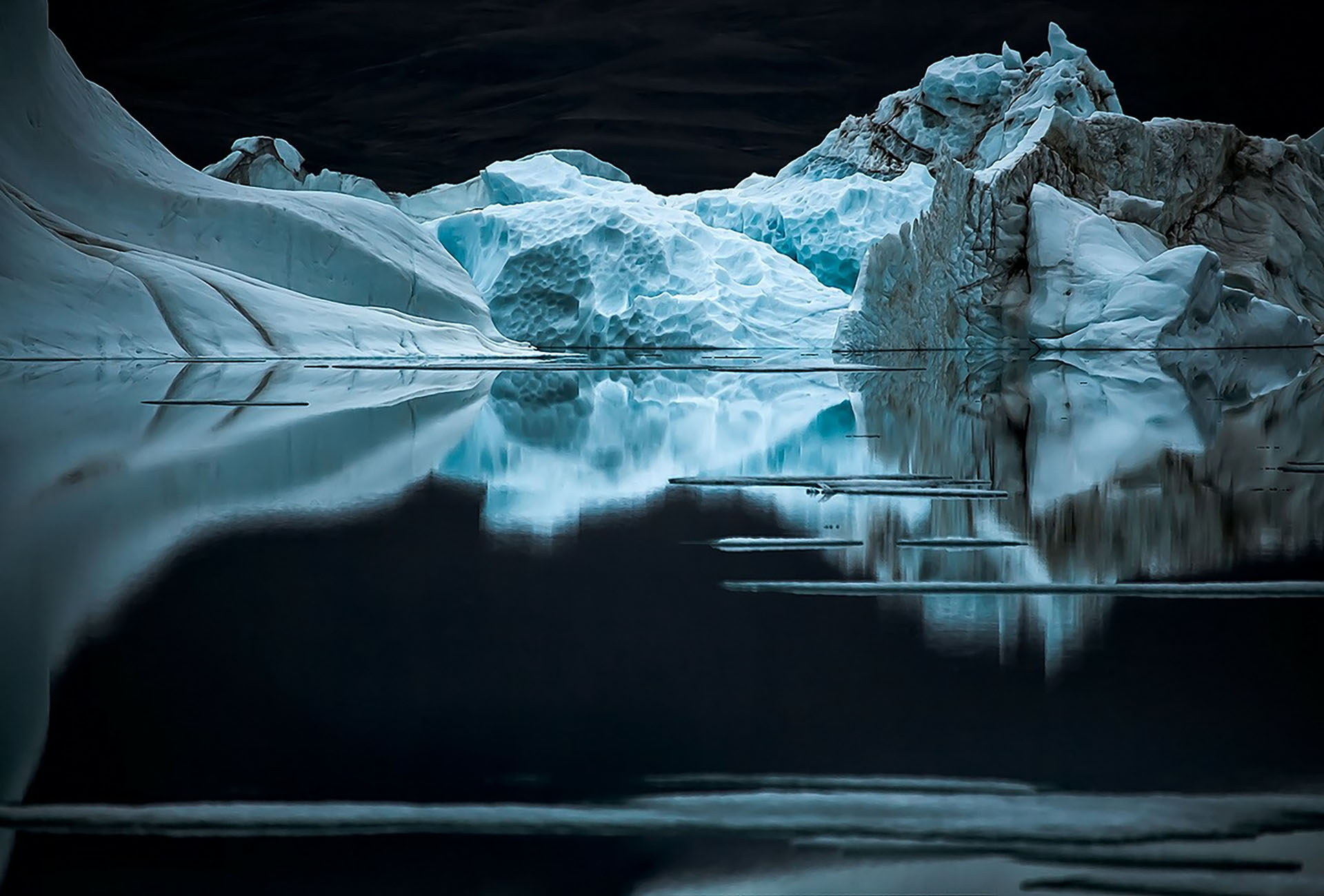
The first brands to position themselves on this market produced dive watches to military specifications or for professional use. As the public discovered the joys of beach holidays, and as water sports, including scuba diving, became more mainstream, dive watches appeared in the catalogues of a growing number of brands. Today we are engulfed in a tidal wave of dive watches, with or without historical legitimacy, with or without complications, but invariably with an environmental bent rarely seen hitherto. The reason is simple: however perfect it may be, a watch risks losing some of its magic when its “natural habitat” is in decline. And so it is that watchmakers have joined the race to save the ocean.
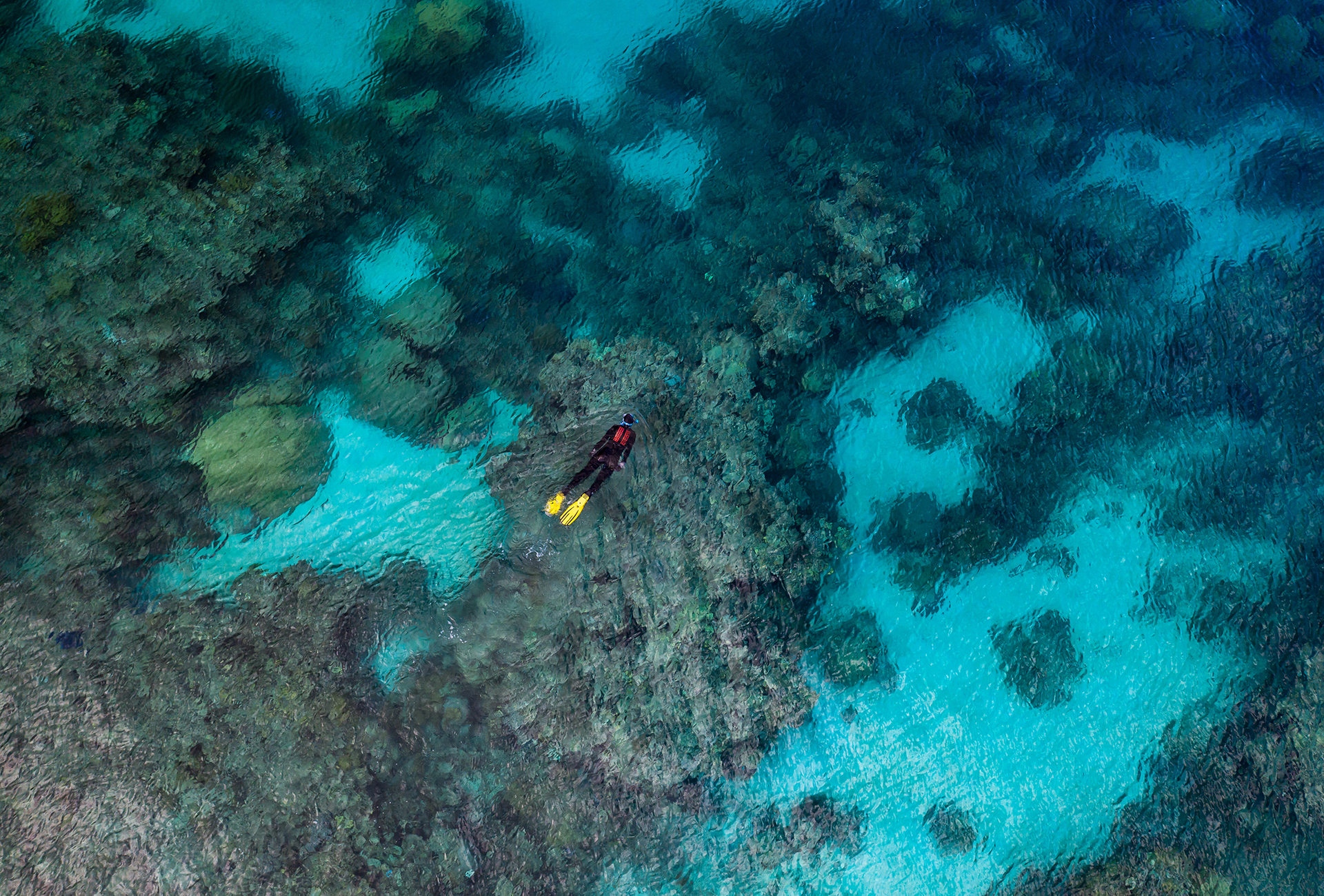
Two brands, both with decades of experience in dive watches, stand out for their commitment to ocean preservation. Rolex paved the way with the introduction in 1927 of the waterproof Oyster. Blancpain plumbed the ocean’s depths in 1952 with the Fifty Fathoms, built to specifications drafted for French Navy combat divers. For close to a century, the Oyster has been a symbol of durability that Rolex has transposed into “a way of thinking about our place in the world and an aspiration to contribute” which the brand calls “perpetual spirit”. Inspired by watches that are built to last, Rolex is committed to taking action for the benefit of future generations. No efforts are spared in supporting projects which, since 2019, have come together under the Perpetual Planet initiative. In the brand’s words, it “supports those using science to understand the world’s environmental challenges and who are finding ways to restore balance to our ecosystems, particularly the oceans, which are under siege from a host of pressures.”
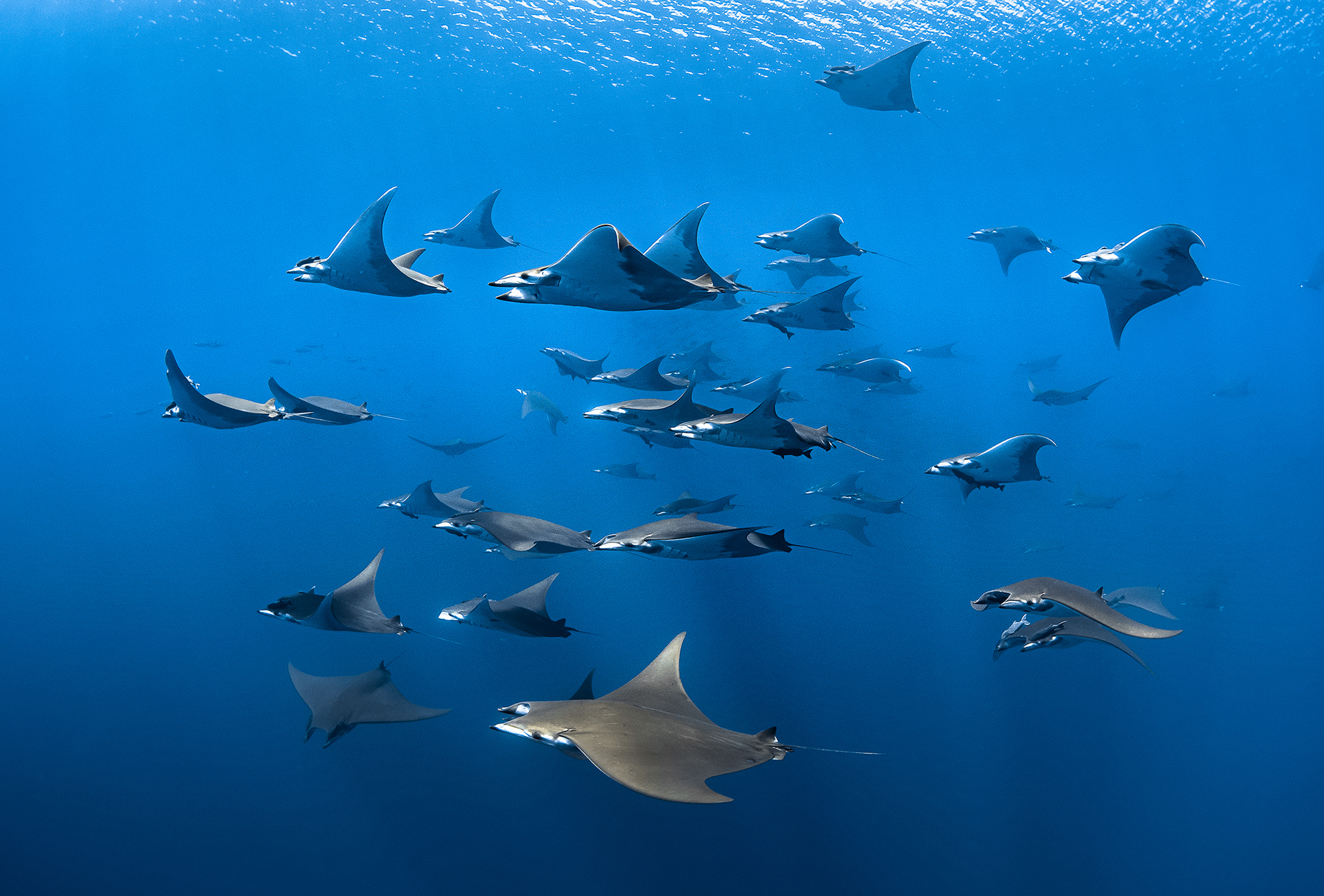
The ocean is indeed a core element of Perpetual Planet and oceanographic research is prominent among the projects that benefit from its support. One such project is Mission Blue, spearheaded by trailblazing marine conservationist, Sylvia Earle. Founded in 2010, Mission Blue identifies zones that are critical to ocean health and to local communities for protection as Hope Spots. Since 2014 their number has increased from 50 to 112, with the ambitious target that by 2030, 30% of the ocean should be given protected status versus the current eight per cent. Since 1974 Rolex is also partner to Our World Underwater Scholarship Society, which mobilises a vast scientific community. Also benefitting from Rolex’s support, the Under the Pole expeditions push the boundaries of underwater exploration. This far from exhaustive list gives the measure of Rolex’s efforts in support of the planet. Coming after some of the twentieth century’s greatest human adventures, Rolex is counting on mankind’s ingenuity to carry out and carry on its mission.
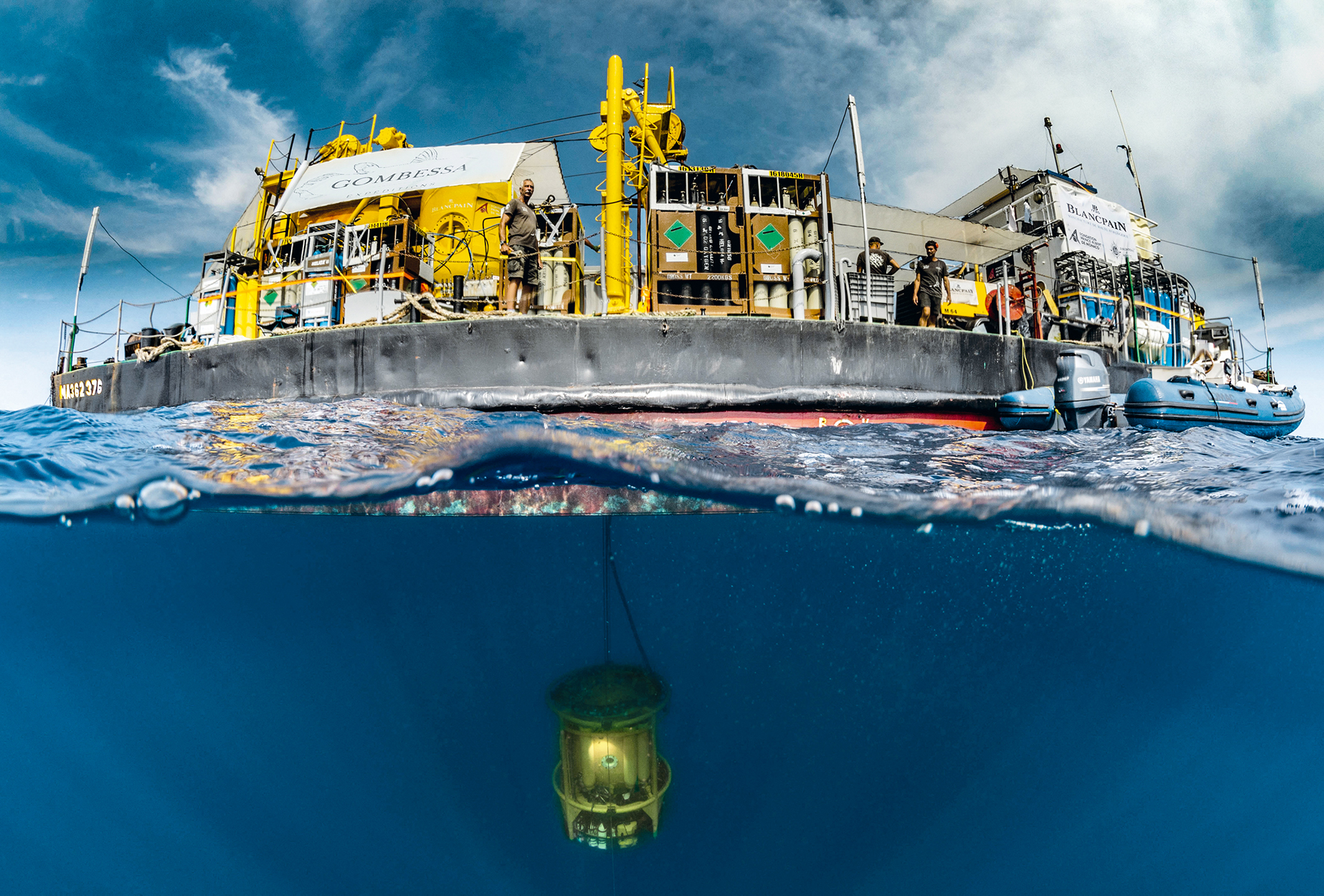
An identical mindset guides Blancpain and its Blancpain Ocean Commitment: “Exploration and preservation of the world’s oceans is core to Blancpain. With its almost 70-year legacy of the Fifty Fathoms diving watch, the brand has woven close ties with the explorers, photographers, scientists and environmentalists who treasure this precious resource. With that affinity has come a determination to support important activities and initiatives dedicated to the oceans.” One of the initiatives benefiting from Blancpain’s support over the past several years is Pristine Seas. Its aim is to explore and protect the few remaining unspoiled ocean areas. In addition to sponsoring Laurent Ballesta’s Gombessa project, which leads expeditions to study some of the rarest and most elusive marine creatures, the brand gives its support to a mission to study the great hammerhead shark. It also reaches out to a wider audience through exhibitions of underwater photography and presents the photo competition for United Nations World Oceans Day, to which it is a partner. The brand also supports The Economist’s World Ocean Summit and in October 2020 announced its partnership with Oceana, the largest international organisation dedicated solely to ocean conservation.
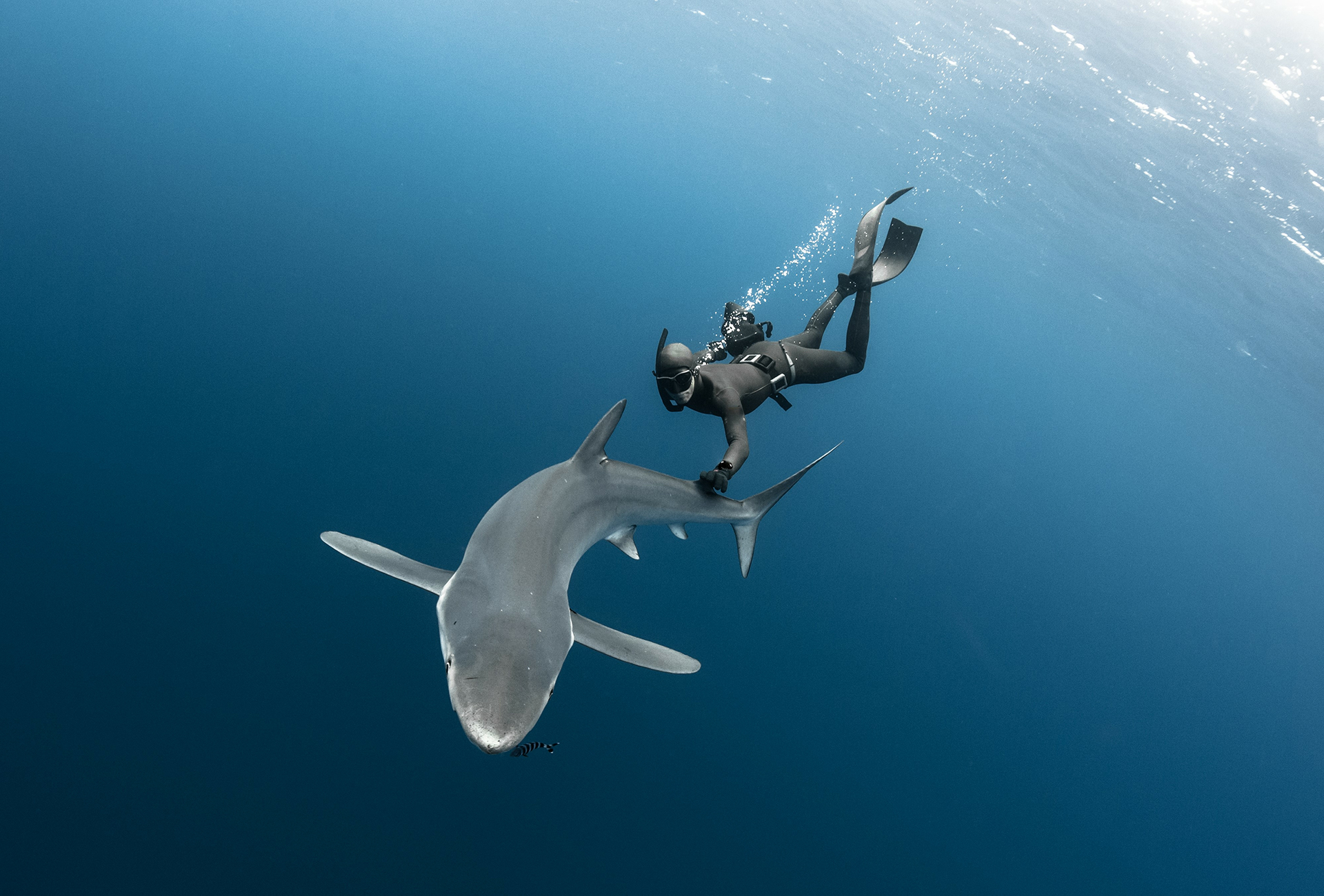
Behind these two examples of Rolex and Blancpain, an entire flotilla of brands are lining up to take action to save our seas and oceans. Think Panerai, whose history as a maker of dive watches goes back to 1936 and the Radiomir, but also Alpina, Audemars Piguet, Breguet, Breitling, Carl F. Bucherer, Certina, Hublot, IWC, Jaeger-LeCoultre, Omega, Oris, Tudor, Ulysse Nardin, and the list goes on. They are all fervent advocates of ocean preservation, be this through partnerships with leading NGOs or more occasional initiatives. The plight of the ocean offers brands an environmental cause that matches their deepest aspirations, and while it’s always easier to put money into a worthy project than it is to clean up a supply chain, their action in favour of the environment stands them in good stead to contribute to one of the greatest causes of the century, as champions of ethical values of integrity and authenticity.








